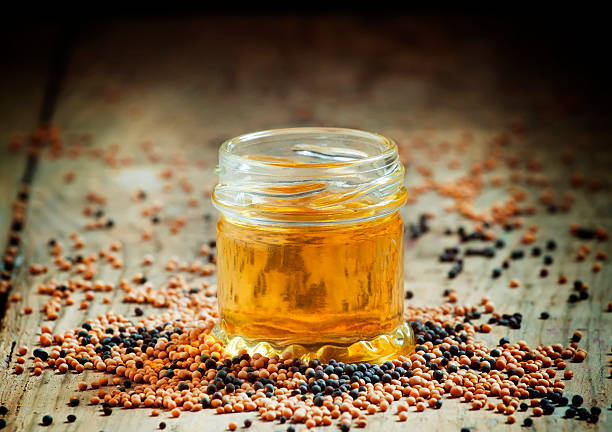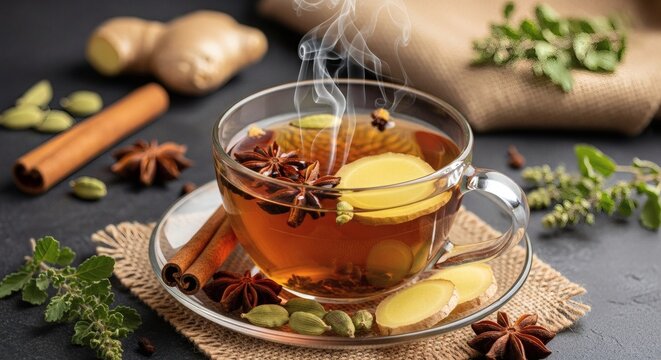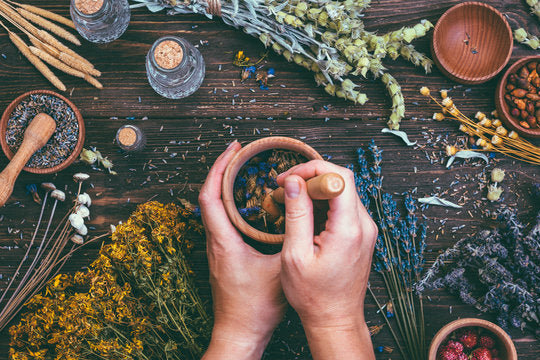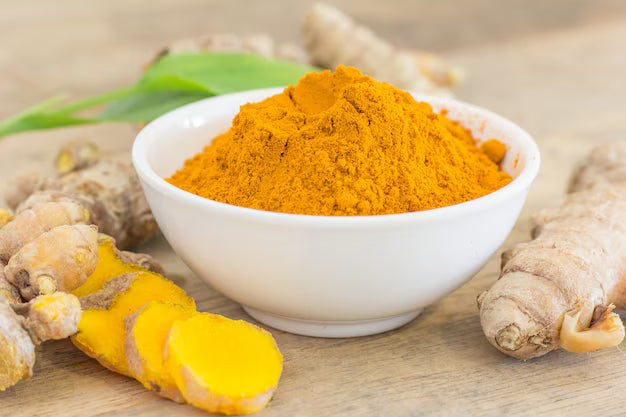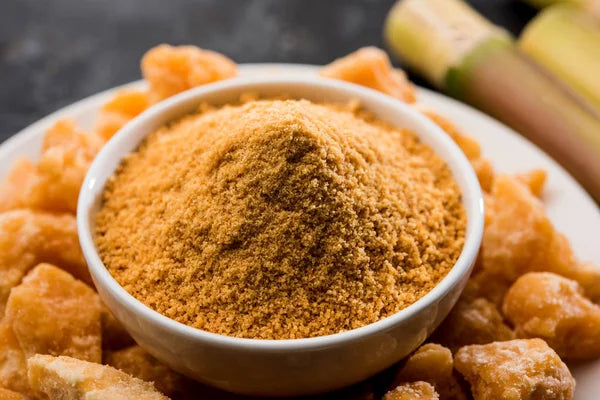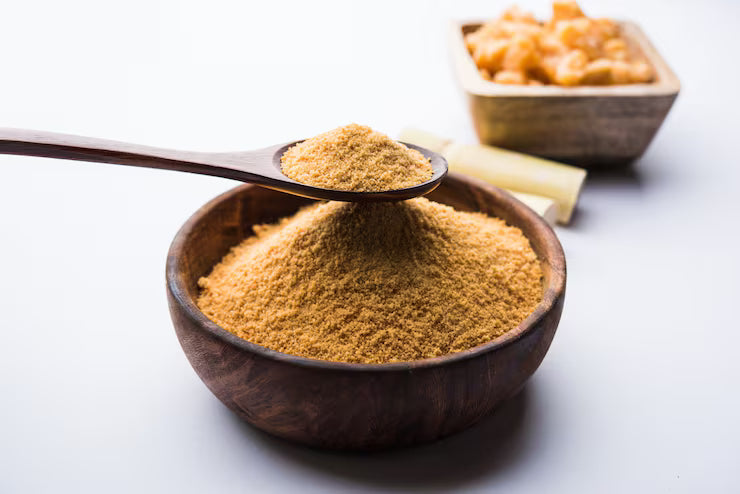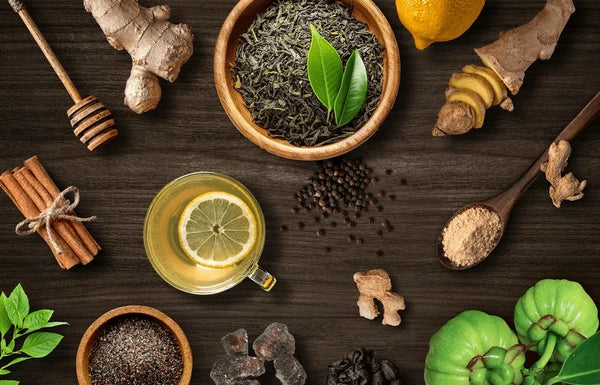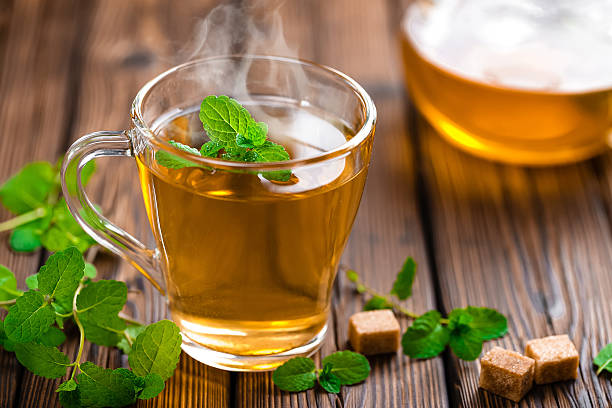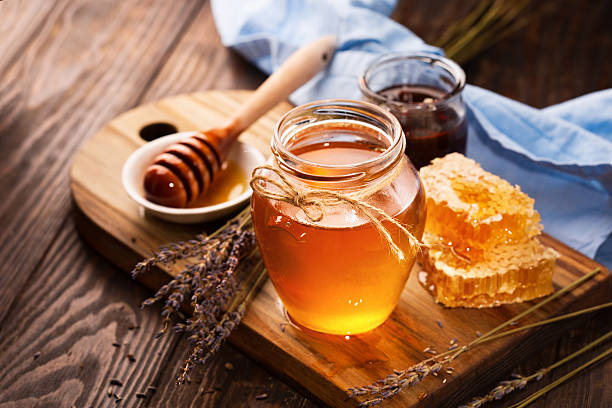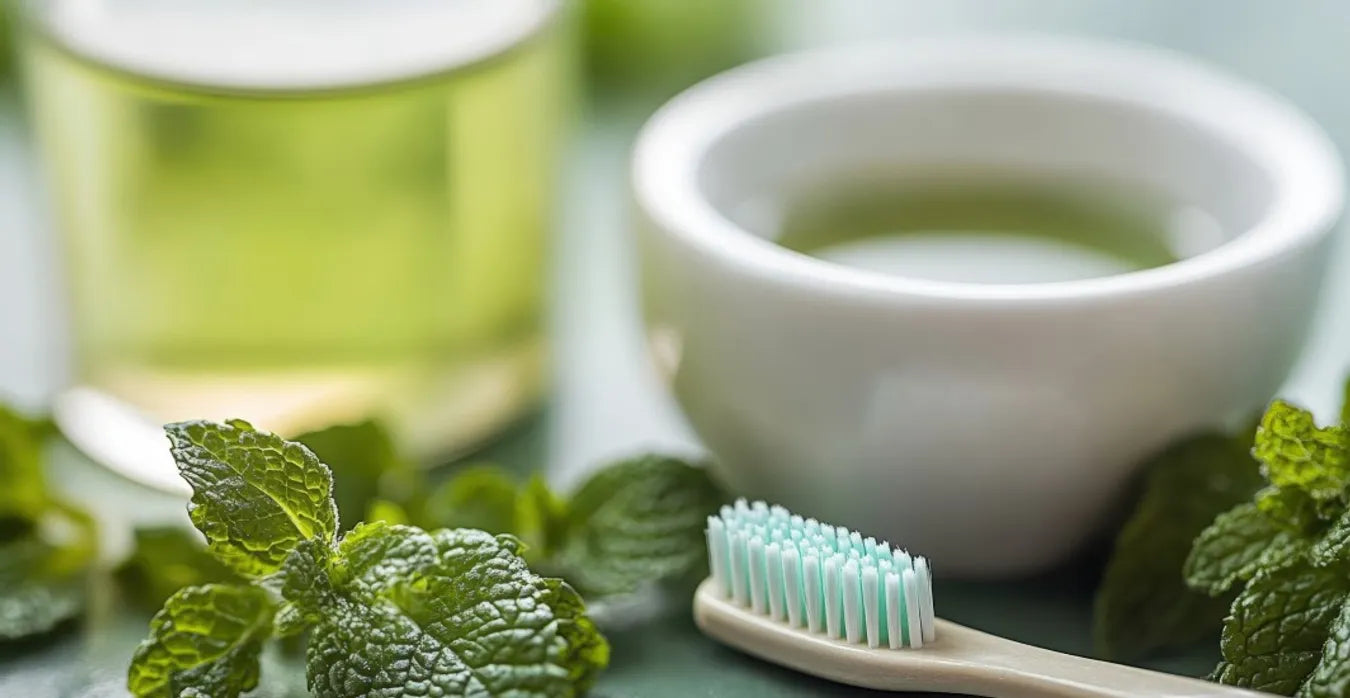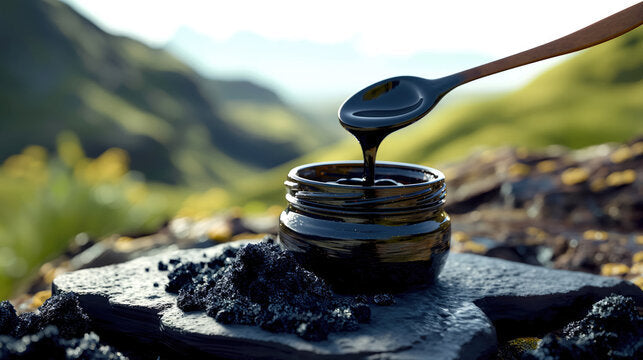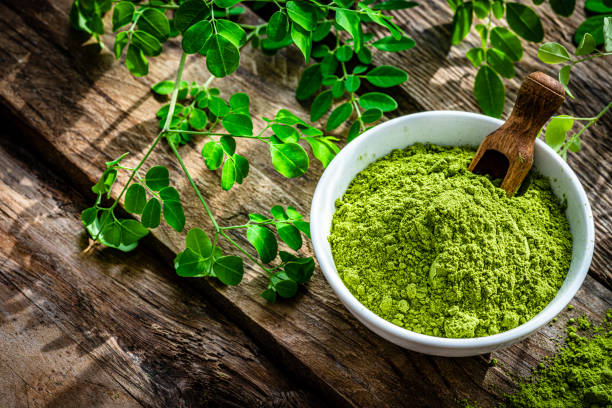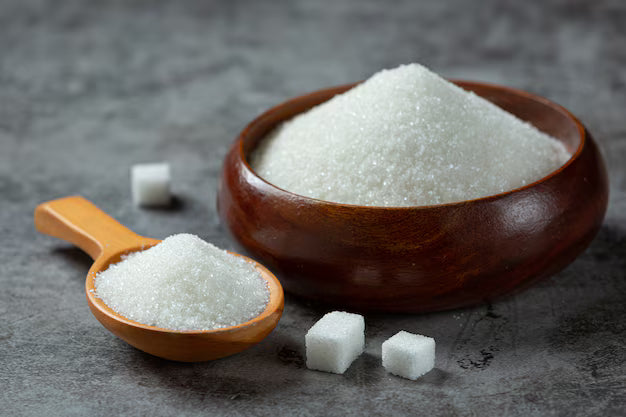Understanding Kapha Dosha: Symptoms, Natural Remedies & Ideal Diet
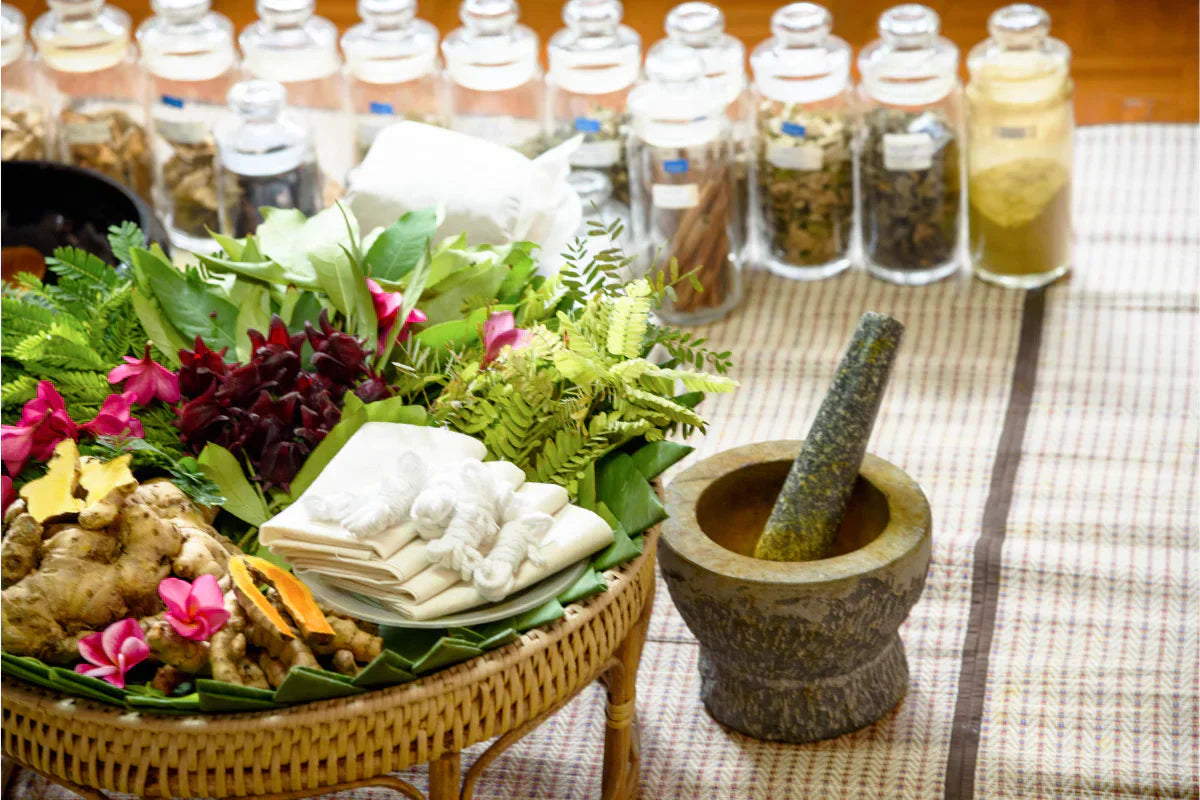
What Is Kapha Dosha? Understanding Its Role in Ayurveda
वायु: पित्तं कफश्चेति त्रयो दोषाः समासतः ॥ विकृताऽविकृता देहं घ्नन्ति ते वर्त्तयन्ति च ॥
(Sushruta Samhita, Sutra Sthana 21/7)
“Vata, Pitta, and Kapha are the three Doshas of the body; when in balance, they sustain life, but when imbalanced, they cause disease.”
Among the three Ayurvedic doshas, Vata, Pitta, and Kapha, the Kapha Dosha represents stability, strength, and nourishment, symbolising the elements of Earth and Water. The bio-energies represented by the dosha are believed to determine the body’s structure, lubrication, and cohesion. When Kapha is in harmony, it brings about compassion, patience, vitality, and energy. When the optimum balance is disturbed, lethargy, weight gain, congestion, and mental dullness are the fallouts.
Read the complete Guide to Ayurveda doshas—>
TL;DR – Understanding Kapha Dosha
- Kapha = Earth + Water: It provides structure, strength, lubrication, and emotional stability in the body and mind.
- Balanced Kapha: Calm mind, strong immunity, deep sleep, steady energy, glowing skin & emotional patience.
- Kapha Imbalance: Leads to sluggishness, weight gain, mucus congestion, dullness, oversleeping & resistance to change.
- How to Balance: Prefer warm, light, spicy foods; avoid cold/sugary/oily foods; stay active; avoid daytime sleep.
- Herbs & Support: Ginger, Trikatu, Tulsi, Guggul, Shilajit & raw honey (with warm—not hot—water) help reduce excess Kapha.
Physical Characteristics of Kapha Types
Kapha-dominant individuals are naturally endowed with strength, endurance, and resilience. Their body type tends to be solid and well-built, capable of sustained effort and recovery.
-
Build: Medium to heavy frame with strong bones and muscles; they gain weight easily but lose it slowly.
-
Skin: Soft, cool, and slightly oily with a radiant glow when balanced; can become pale or greasy when aggravated.
-
Hair: Thick, lustrous, and wavy, reflecting the nourishing, moist qualities of Kapha.
-
Eyes: Large, calm, and attractive; convey warmth and empathy.
-
Digestion: Slow but steady; prefers regular mealtimes and lighter foods.
-
Energy: Consistent and long-lasting, though prone to sluggishness if inactive or over-rested.
-
Tolerance: Naturally resistant to illness and stress; strong immune system and endurance.
Discover your unique mind-body type — Take the Ayurveda Dosha Quiz to find your perfect balance.
Mental & Emotional Traits
The mind of a Kapha type mirrors the serenity and stability of water. They approach life with patience and deep emotional intelligence, making them loyal companions and thoughtful decision-makers.
-
Nature: Calm, compassionate, forgiving, loyal, and affectionate, driven by care rather than ambition.
-
Mental State: Grounded and composed, but may become complacent or overly attached when Kapha is excessive.
-
Behavior: Prefers routine, comfort, and familiarity; dislikes sudden changes or emotional upheaval.
-
Sleep: Enjoys deep, restful sleep and often needs gentle stimulation to stay energized.
-
Work Ethic: Steady, dependable, and consistent; performs best with structure and clarity.
-
Imbalance Signs: Emotional attachment, possessiveness, laziness, or procrastination may appear when Kapha is aggravated.
According to Sushruta Samhita, Kapha Prakriti individuals are described as:
“Subhagaḥ priyadarśano madhurapriyaḥ kṛtajño dhṛtimān saḥiṣṇuḥ balavān śīlagrahaṇī.”
meaning they are pleasant, kind, sweet-natured, grateful, and patient, blessed with strong bodies and steady minds.
Even though they are emotionally grounded, Kapha individuals must keep stimulating their body and mind to prevent stagnation and laziness.
Symptoms of Kapha Imbalance: How to Recognize the Signs
When Kapha accumulates beyond its natural balance, it leads to Ama (toxic buildup) and sluggishness in both body and mind. Ayurveda texts like Sushruta Samhita and Ashtanga Hridaya describe the following Kapha imbalance symptoms:
Physical Signs of Kapha Imbalance
-
Heaviness and stiffness (Gauravam, Sthairyam): A sense of weight and rigidity in the body, especially in the limbs or joints.
-
Excessive sleepiness (Atinidrata, Tandra): Feeling drowsy even after adequate rest; difficulty waking up early.
-
Weight gain and obesity (Sthoulya): The slow metabolism of Kapha leads to fat accumulation and water retention.
-
Cough and congestion (Kasa, Shwasa): Common signs of excess mucus; prone to colds, sinusitis, and respiratory issues.
-
Coldness and whitish complexion (Shaityam, Shuklata): Skin may appear pale, cold to the touch, and oily.
-
Sluggish digestion (Agnisadana): Reduced appetite, bloating, and heaviness after meals due to weakened Agni (digestive fire).
Mental and Emotional Signs of Kapha Imbalance
-
Depression and dullness (Avasada): A feeling of heaviness or emotional fog; lack of enthusiasm for daily activities.
-
Attachment and resistance to change: A strong desire to hold onto people, possessions, or habits, even when they no longer serve well-being.
-
Slow comprehension: Delay in processing thoughts or making decisions; tendency to cling to the familiar.
-
Lethargy and lack of motivation: Reduced drive or inspiration to act, often leading to procrastination and stagnation.
When Kapha Is Depleted (Kshaya)
Excess dryness (Rukshata), burning sensation, thirst, fatigue, insomnia (Anidra), and body aches occur when Kapha becomes deficient.
Kapha tends to accumulate during late winter and early spring, which is why Ayurveda recommends seasonal cleansing (Ritucharya) during this time.
How to Reduce Kapha Naturally: Ayurvedic Lifestyle Remedies
To balance Kapha dosha, lightness, warmth, and movement are essential. Ayurveda encourages daily habits (Dinacharya) that awaken energy and reduce heaviness.
Daily Routine (Dinacharya)
-
Wake up before sunrise (Brahma Muhurta): Avoid oversleeping to prevent Kapha buildup.
-
Dry brushing (Garshana): Stimulates circulation and removes sluggishness.
-
Abhyanga (Oil Massage): Use warm sesame oil or mustard oil for an invigorating massage.
-
Exercise daily: Brisk walking, jogging, Surya Namaskar, and dynamic yoga help maintain lightness and vitality.
-
Avoid day naps and heavy night meals, as they increase Kapha’s cool, dense qualities.
Mindful Practices
-
Keep yourself mentally active, read, learn, or socialize.
-
Practice energizing pranayama like Bhastrika and Kapalabhati to clear respiratory blockages.
-
Engage in uplifting activities that counter inertia and promote inspiration.
Kapha-Pacifying Diet: Best Foods for Kapha Dosha
Diet plays a central role in Kapha dosha treatment. The goal is to bring lightness, warmth, and dryness through the right food choices.
Foods to Favor for Kapha Balance
Favor light, warm, and gently spiced meals that stimulate Agni (digestive fire) and reduce sluggishness. Include the following:
-
Grains: Barley, millet, ragi, and quinoa are dry and light grains that reduce water retention and support metabolism.
-
Vegetables: Leafy greens, bitter gourd, bottle gourd, asparagus, broccoli, and pumpkin cleanse toxins (Ama) and balance Kapha’s heaviness.
-
Fruits: Apples, pomegranates, pears, and papaya light, astringent fruits that energize without adding excess moisture. Avoid overly sweet fruits like bananas or mangoes in large quantities.
-
Spices: Ginger, turmeric, cumin, black pepper, fenugreek, clove, and cinnamon are warming spices that kindle digestion, burn Ama, and stimulate circulation.
-
Beverages: Prefer lukewarm water throughout the day, or sip on herbal infusions such as Tulsi tea, cinnamon-clove water, or Maharishi Ayurveda Kapha Herbal Tea to promote lightness and vitality.
Foods to Avoid for Kapha Dosha
To prevent the accumulation of mucus and toxins, limit heavy, cold, and oily foods that increase Kapha’s sluggish nature.
Avoid:
-
Cold, heavy, and oily foods: Fried snacks, creamy sauces, excessive dairy, sweets, and frozen foods increase stagnation and dullness.
-
Excessive salt and sugar: These enhance water retention and lethargy.
-
Red meat and refined flour products: They slow down metabolism and contribute to heaviness.
-
Carbonated and chilled drinks: These suppress digestive fire and aggravate Kapha imbalance.
A Kapha diet should emphasize pungent, bitter, and astringent tastes (Katu, Tikta, Kashaya Rasa) and limit sweet, sour, and salty flavors.
Home Remedies for Kapha Dosha Relief
Ayurveda offers simple, natural home remedies to balance Kapha and restore vitality:
-
Ginger-Honey Tea: A classic Kapha-reducing drink that boosts metabolism and clears mucus.
-
Steam Inhalation: Add a few drops of eucalyptus or peppermint oil to boiling water to relieve sinus congestion.
-
Trikatu Churna: A blend of ginger, black pepper, and long pepper — excellent for digestion and weight management.
-
Honey in Warm Water: One teaspoon daily acts as a natural Kapha detoxifier (avoid heating honey).
-
Nasya Therapy: Applying Anu Taila or herbal nasal drops clears accumulated Kapha from the head region.
Best Ayurvedic Medicine for Kapha Dosha Support
To support Kapha balance and energy, Ayurveda prescribes formulations that promote agni (digestive fire), detoxification, and circulation.
1. Kapha Herbal Tea by Maharishi Ayurveda
A warming, invigorating blend that combines herbs like ginger, cinnamon, clove, and tulsi. It helps counter sluggishness, supports clear breathing, and energizes the mind without caffeine. Ideal during cold weather or early mornings to awaken Agni gently.
2. Trikatu Churna
A classical Ayurvedic blend of dry ginger (Shunthi), black pepper (Maricha), and long pepper (Pippali). It’s one of the best-known remedies for stimulating digestion, clearing Ama (toxins), and improving metabolism. Regular use under guidance helps relieve heaviness and congestion.
3. Shilajit
A natural mineral resin known for its rejuvenating (Rasayana) properties. It enhances energy, stamina, and metabolic activity, making it beneficial for those with Kapha-induced fatigue, sluggishness, or weight gain.
Read the complete guide to Shilajit Benefits, Uses and More—>
4. Guggul
Renowned for its detoxifying and fat-metabolizing action, Guggul helps manage cholesterol, joint stiffness, and water retention. It’s a powerful Kapha-balancing herb that promotes healthy metabolism and circulation.
5. Honey (Madhu)
In small, regulated quantities, raw honey acts as a natural Kapha-reducing agent. It helps liquefy mucus, supports digestion, and enhances the absorption of herbal formulations. (Note: Never heat honey; it should always be taken raw or with warm, not hot, water.)
How to Balance Kapha Dosha Holistically
Balancing Kapha is not only about food or herbs; it’s about reigniting motivation and movement in all aspects of life.
Ayurvedic Approach
-
Diet: Favor light, warm, and spicy meals to enhance Agni (digestive fire).
-
Lifestyle: Stay active, avoid oversleeping, and maintain a stimulating daily routine.
-
Emotional Balance: Avoid over-attachment or comfort-seeking; practice non-possessiveness.
-
Environment: Prefer warm, bright, and dry surroundings.
-
Seasonal Detox: Spring is the best time for Panchakarma (Vamana therapy), the traditional Kapha-cleansing treatment.
By aligning your life with Dinacharya (daily routine) and Ritucharya (seasonal routine), you prevent Kapha accumulation and maintain clarity, strength, and emotional resilience.
Conclusion
When Kapha Dosha is balanced, you experience steady energy, strong immunity, and emotional calm. Ayurveda teaches that balance isn’t about deprivation but harmony with your Prakriti.
Through mindful eating, regular movement, and herbal support, you can transform heaviness into vitality.
Restore your inner balance.Explore our Kapha Dosha Collection and discover Ayurvedic solutions for renewed energy and vitality.
FAQs
1. What Is the Best Time to Reduce Kapha?
The spring season and early morning (6–10 AM) are Kapha-dominant. Engaging in active routines and light diets during these times naturally helps eliminate excess Kapha.
2. Can Kapha Dosha Cause Weight Gain?
Yes. Kapha’s heavy, slow nature can lead to weight gain, especially when consuming excess sweets, salt, or fatty foods combined with low physical activity.
3. What Is the Best Exercise for Kapha Types?
Kapha types benefit from stimulating workouts like running, aerobics, dancing, and hot yoga that generate heat, improve metabolism, and reduce sluggishness.
4. Can Kapha Dosha Be Cured Permanently?
Kapha is a natural bio-energy, not a disease. It cannot be “cured” but can be balanced through a consistent diet, lifestyle, and herbs.
5. Can I Be Both Kapha and Pitta?
Yes, many people have a dual-dosha constitution (Kapha-Pitta). This type combines Kapha’s steadiness with Pitta’s intensity and requires a personalized, moderate approach to balance both.
Popular Posts

Ayurvedic Herbal Rasayana Therapy: How Soon Will You Feel Benefits?
09 Dec, 2025What Is ‘Rasayana’ & ‘Rasayana Therapy’? The term ‘Rasayana’ is composed of two words: ...
Read more
Vegetarian & Vegan: Knowing the Difference in Ayurvedic Products
05 Dec, 2025Ayurvedic View on Vegetarian and Vegan Diets Ayurveda naturally leans toward a predominantly pla...
Read more
How to Boost Vigour and Vitality in men with Ayurveda?
03 Dec, 2025There must be many questions in the mind of people that what exactly does vigor and vitality mean...
Read more




 Popular Read
Popular Read























